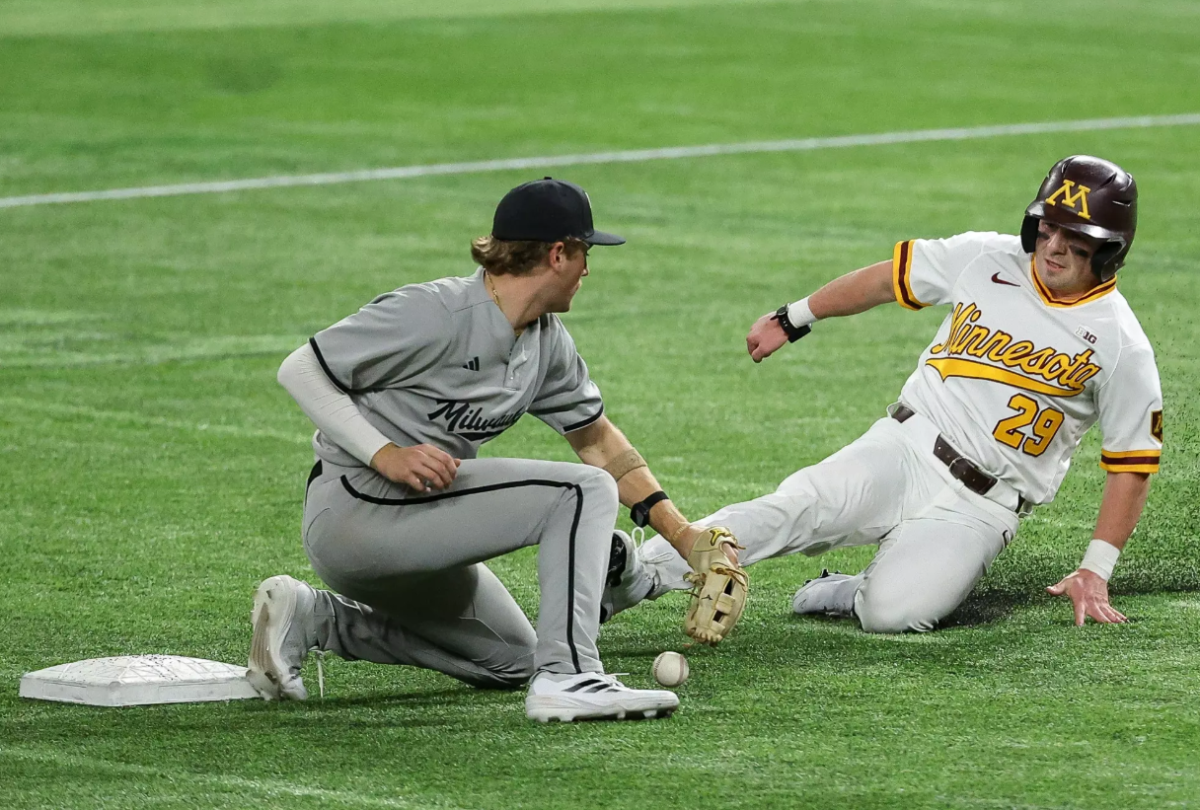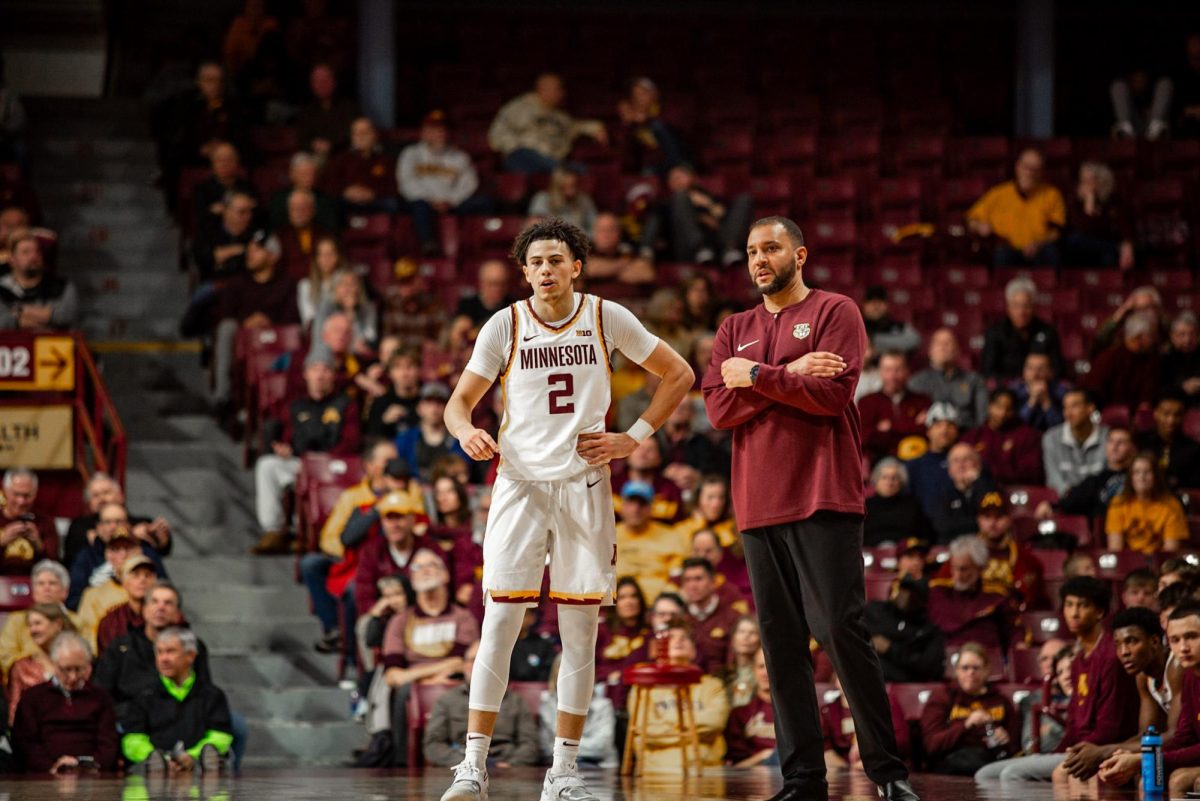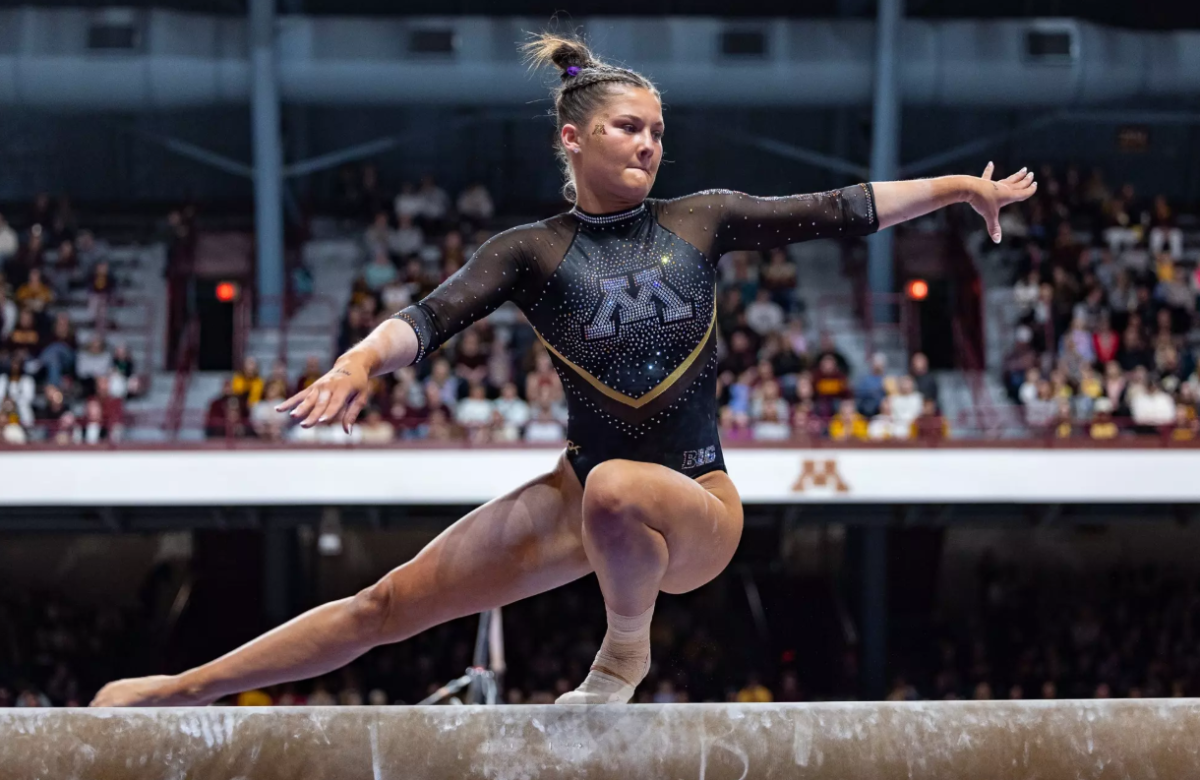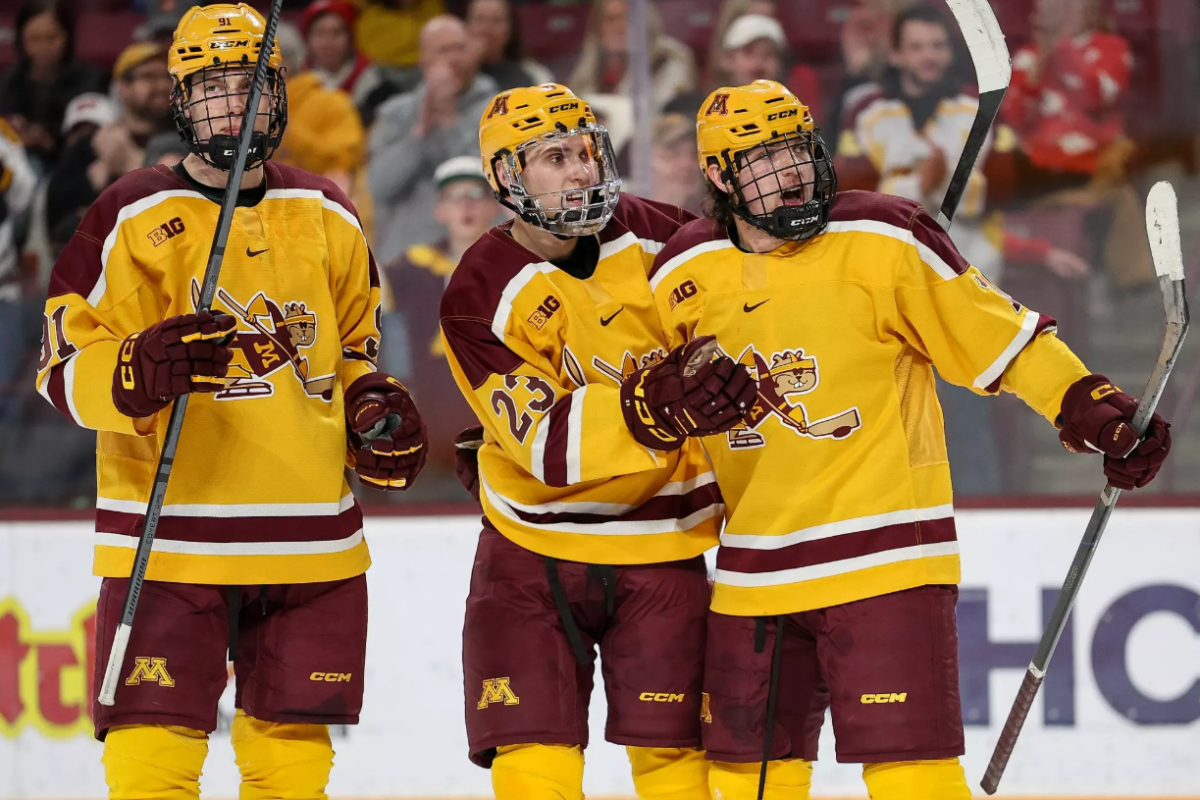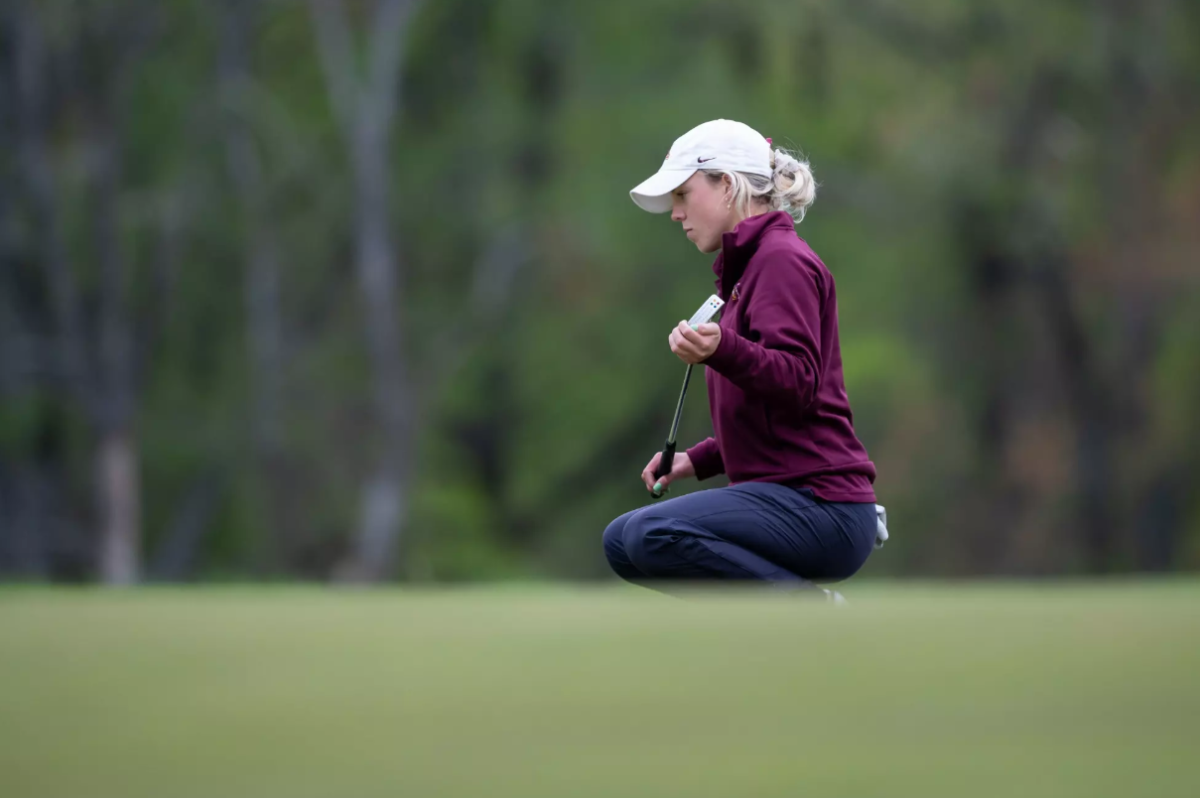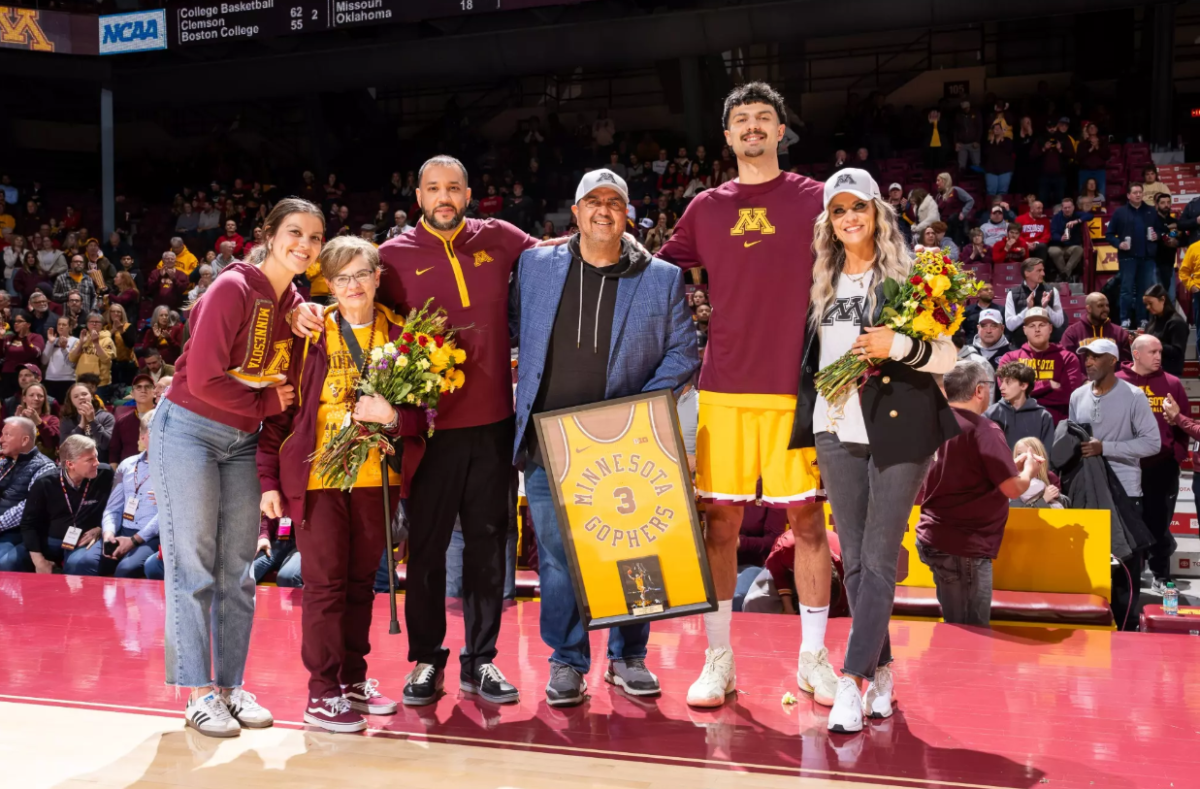After hosting the first two rounds of the NCAA women’s basketball Mideast Regional tournament last week, the University is being considered to host again in 2005 or 2006.
The University survived an NCAA committee’s first round of cuts, said Associate Athletics Director Marc Ryan, who coordinates NCAA tournaments for the University.
“We’re hopeful that what the NCAA saw here on (March 21) and Tuesday is just a great advertisement for potentially getting the tournament back here in 2005 and 2006,” Ryan said.
Tuesday’s second-round games drew a Mideast Regional record 13,425 fans and March 21’s games attracted 12,357. Of this year’s 16 first-round hosts, only New Mexico outdrew Minnesota, Ryan said.
“Overall, it was nothing short of sensational,” Ryan said of the fan support. “The crowds and the atmosphere in the facility, it was electric.”
Feedback from NCAA officials at this year’s tournament was positive.
“They did a great job,” said Cheryl Marra, chairwoman of the NCAA Division I women’s basketball committee. “They have a great tradition of hosting championships at Minnesota.”
Deanna D’Abbraccio, who represented the NCAA at the games in Minnesota, said the tournament was a success.
“I thought it was a first-class operation,” she said. “I was very impressed with what Minnesota put together.”
The community’s support for women’s basketball was especially encouraging, D’Abbraccio said.
“I think we would have had great fan support even if Minnesota had not been in the tournament,” she said. “There’s just a great appreciation for women’s basketball in the area.”
This year’s hosting performance will help the University in its bid for future tournaments, Marra said.
“Obviously, for any school that puts in a bid, we look at how they did in the past,” she said.
One flaw in this year’s tournament planning was that souvenir programs sold out half an hour before the first game started. Ryan said the company that produces the programs – Host Communications of Lexington, Ky. – sent Minnesota 1,000 copies.
“We had told them on the front end that would not be enough,” Ryan said.
The University received 100 additional copies prior to Tuesday’s games, but they sold out well before play began, Ryan said. The University could not produce its own programs because Host Communications has an exclusive contract with the NCAA, he said.
The program problem was Host Communications’ fault and should not reflect poorly on the University, Ryan said.
The NCAA will evaluate hosts’ performances after the tournament to decide how much money they will receive. Ryan said he expects the University to receive the maximum honorarium of 15 percent, which could amount to approximately $40,000.
Starting next year, there will be eight first-round sites instead of 16, Ryan said. Approximately 30 teams remain in contention to host in 2005 or 2006, with eight spots available for each year, he said.
The University should find out in late June or early July if it has been selected, Ryan said.


